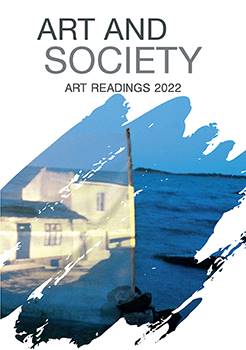Questioning the status of the artist: Czechoslovakia after 1968
Questioning the status of the artist: Czechoslovakia after 1968
Author(s): Zuzana BartošováSubject(s): Fine Arts / Performing Arts, History of Art
Published by: Институт за изследване на изкуствата, Българска академия на науките
Keywords: Warsaw Pact invasion of Czechoslovakia; period of cultural inertia; exhibitions; beginning of the so-called ‘normalisation’; changed conditions for the public presentation of art
Summary/Abstract: The so-called ‘normalisation’ of society and culture in Czechoslovakia was gradual. The ideologists insisted on the ultimate reconstruction of the associations of Czech and Slovak artists (1972). Being expelled from the art association, the artists lost the possibility to present their work in public. The ruling regime tried to deprive them of their status of artists. However, the artists were still registered by the visual arts funds, and so they could work as freelancers. Slovak artists usually designed decorative works for architecture while the Czech artists tended to work as art conservators. The younger ones also worked as art teachers. Despite problems, many artists did not give up. Making art in their leisure time, they established the unofficial art scene.
Journal: Изкуствоведски четения
- Issue Year: 2022
- Issue No: 2
- Page Range: 105-115
- Page Count: 11
- Language: English
- Content File-PDF

